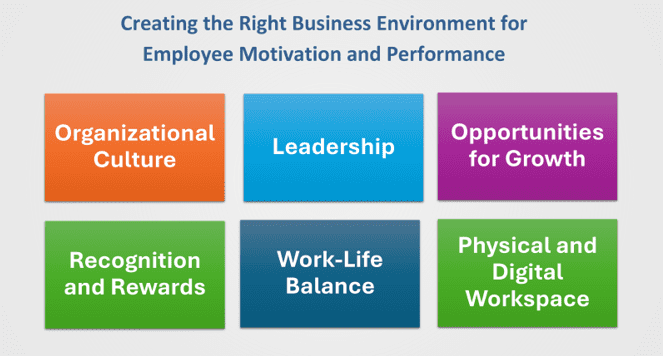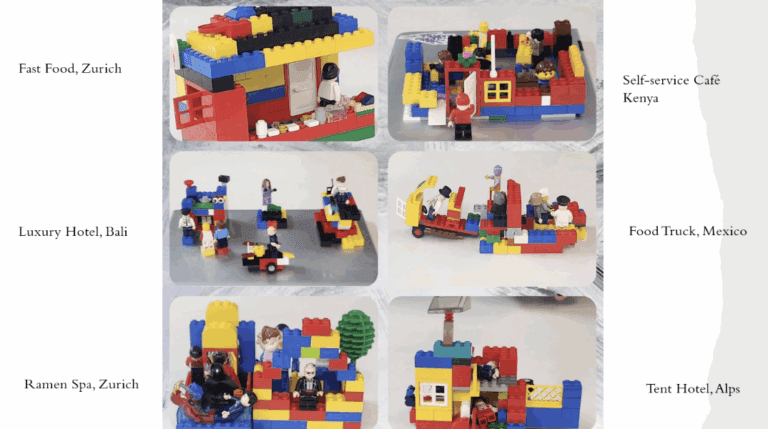 Leading with cultural intelligence in a multicultural workplace is challenging to say the least, and exerting influence as an integral part of the leadership effort has a delicate reliance on cultural intelligence.
Leading with cultural intelligence in a multicultural workplace is challenging to say the least, and exerting influence as an integral part of the leadership effort has a delicate reliance on cultural intelligence.
Cultural frame
Culture matters because it runs deep. The ways in which our cultural frames shape our thinking and behaviors are largely unconscious and very difficult to change. They are inextricably linked to our personalities and workplace personas, clearly labelling them “handle with care”. Cultivating your cultural intelligence fine-tunes your radar for cross-cultural pitfalls and diversifies your approach to exercising influence, leading to better outcomes for yourself, your team and your company.
This is because influencing is, at least in part, about tuning into how other people’s minds’ work and how their emotions and values feed into their behavior. Doing this justice in a multicultural environment requires careful consideration of the following points.
Being direct vs. being diplomatic
One of the chief distinguishing factors between cultures is the extent to which people communicate directly with one another. This is referred to as low-context vs. high-context. In low-context cultures, people say what they mean. They value clarity, precision, honesty and frankness. In high-context cultures, there is far greater emphasis on meaning being inferred from context. Contextual cues may include non-verbal behavior, such as body language or eye contact, but also social status, relationship history or setting. Rather than saying “no” outright, people in high-context cultures might be more likely to say “we’ll see” – or even “yes”.
As you optimize your influencing skills, ask yourself whether your counterparts are more or less direct than you are, whether they like to be given details of what is expected or prefer a little more free rein. Regulate how blunt your requests are accordingly, shifting the emphasis from clarity and completeness to diplomatic phrasing as required.
How to motivate your team
Depending on where your counterparts’ cultures rank on the power-distance index, motivating them may be more or less of a challenge. People from high power-distance societies have greater respect for hierarchies, while in low power-distance societies, individuals aim to distribute power equally. Gauge any resistance you are encountering and adjust course where necessary.
In doing so, recall that influencing people has a great deal to do with making them feel like their contribution is valued. That they are involved in reaching the common goal and they are appreciated. When it comes to providing incentives, consider what is the most culturally fitting form of reward. There are two factors to bear in mind here: masculinity vs femininity and indulgence vs restraint.
People from “masculine” cultures are more likely to be driven by achievement and desire material rewards for their success, while those from “feminine” cultures value cooperation and modesty, and look for ways to improve their quality of life. This might translate to something as simple as a preference for bonuses in the former case vs. other perks in the latter.
Meanwhile, team members from more “indulgent” societies that more readily allow for instant gratification, low-threshold enjoyment and fun might respond well to regular displays of appreciation from management. Those from more “restrained” societies, however, may feel alienated by overt gestures.
Managing criticism and conflict
Moments of criticism or conflict provide a unique opportunity to exert influence. You will want to be mindful of individualism vs. collectivism in this regard. Individualist cultures are “I”-centric, while collectivist cultures are “we”-centric. Members of individualist cultures may welcome conflict and debate as it stimulates diversity and staves off groupthink. They may see conflict as an opportunity to demonstrate their competitive spirit and edge, expect to be challenged and prepared to defend their position. Members of collectivist cultures, however, may prefer to pursue collective goals, share ideas and find consensus. They might respond better to being asked to share their perspective, seeking compromise at worst and a win-win at best. Note that it could be preferable to voice criticism towards members of this group one-to-one to allow them to save face.
Criticism and conflict also provide the perfect opportunity to bolster an important influencing sub-skill: active, empathetic listening. It is not always easy to discern how someone’s culture impacts how they feel about a given situation, but the first step towards a better understanding is to truly receive their message, maintaining an open mind and responding rather than reacting.
Choosing the right leadership style
Consider the extent to which fostering rapport should form part of your repertoire of influencing skills. Are you looking to influence by transaction or by transformation? The former relies upon top-down, hierarchical structures in which senior management makes decisions and the rest of the organization implements them, while the latter sees leaders mobilize their troops through encouragement, support and empathy.
Depending on your leadership style, you may be looking to openly build rapport or to cultivate an underlying sense of trust. Here, the difference between affective and cognitive trust may be of note. In business, individualist cultures place greater emphasis on cognitive trust, which involves confidence in a person’s abilities, experience and reliability. Collectivist cultures favor affective trust, which is based on emotion, character and intentions, and develops thanks to warm relationships.
Consider this when assessing how much time and effort to invest in personal relationships with your team and whether or not to share any personal information. While some might appreciate efficient goal-orientation, others might respond better to more flexible deadlines that allow for more interpersonal exchange. Who knows, the secret to influence may end up being as simple as taking a moment to sit back together with a cup of tea, coffee or whatever culturally-adjusted beverage, reflecting on life and interacting like humans.



















